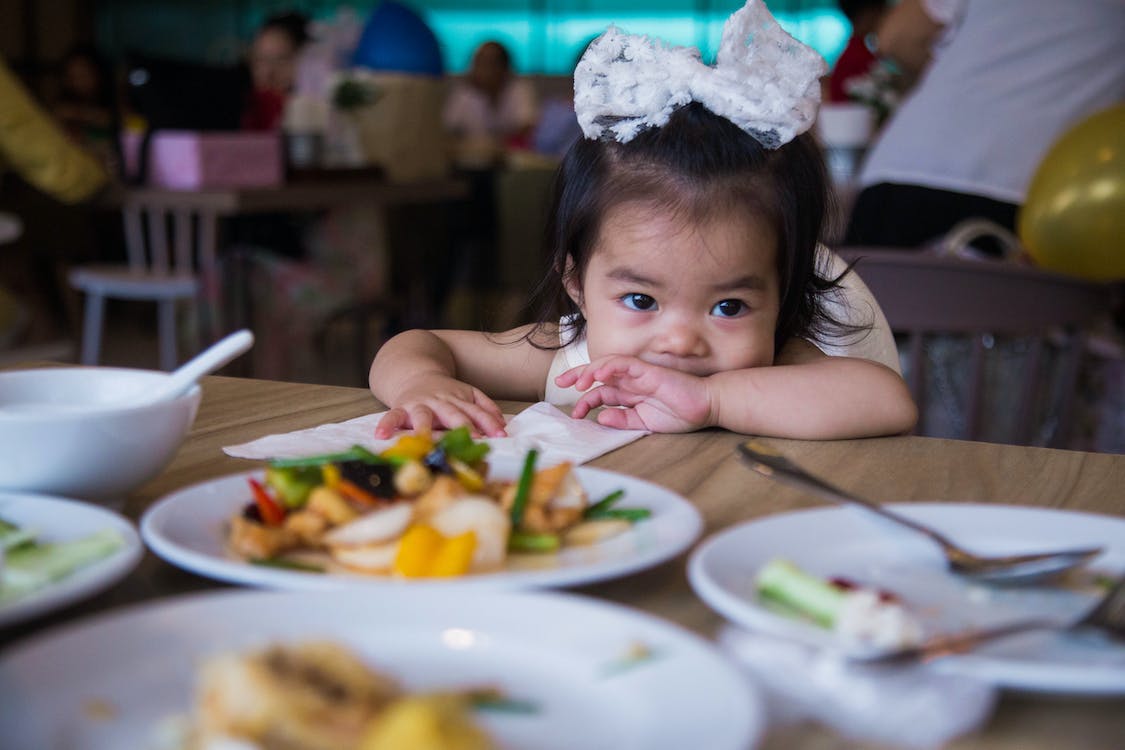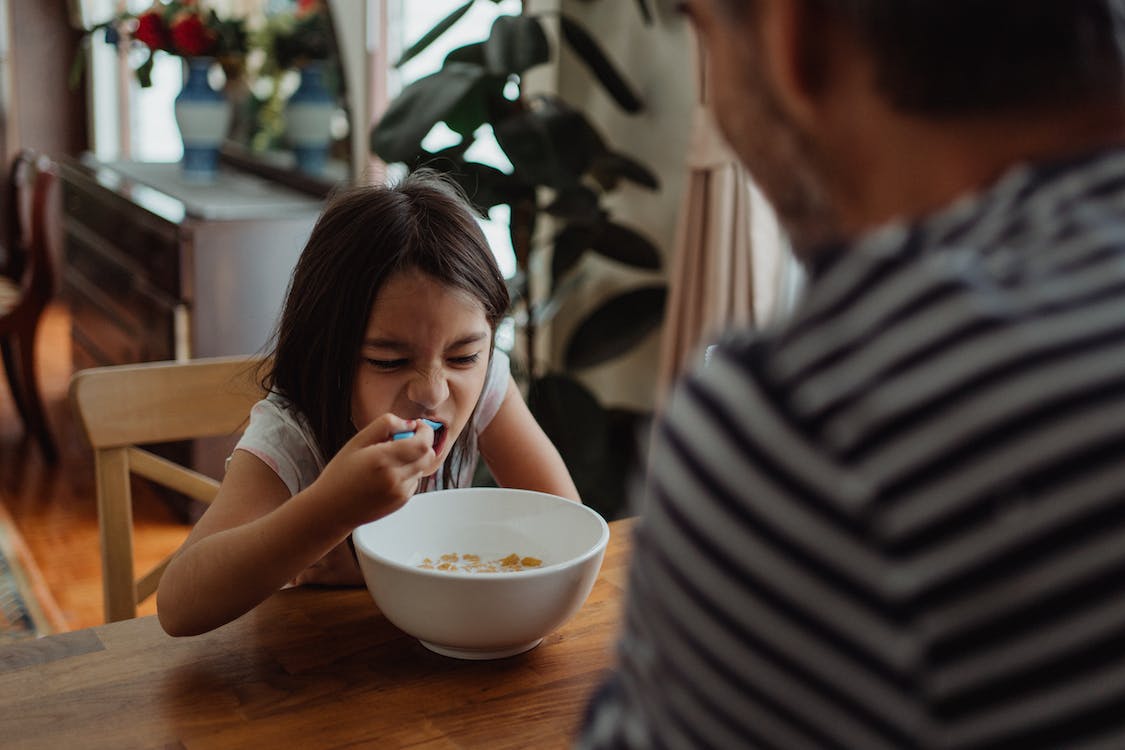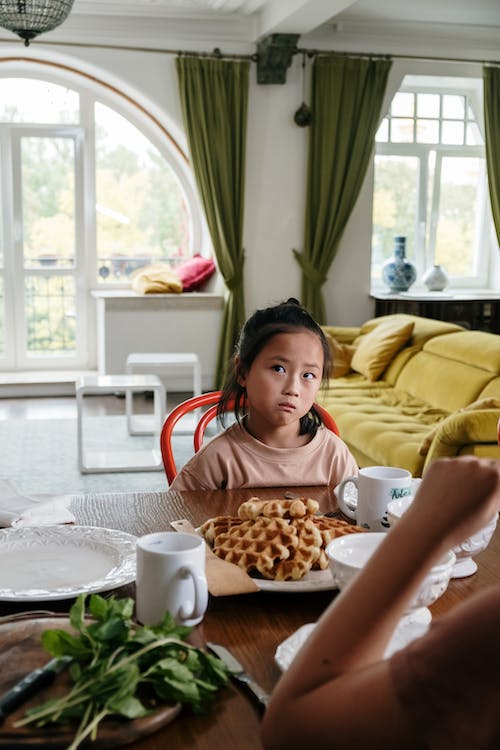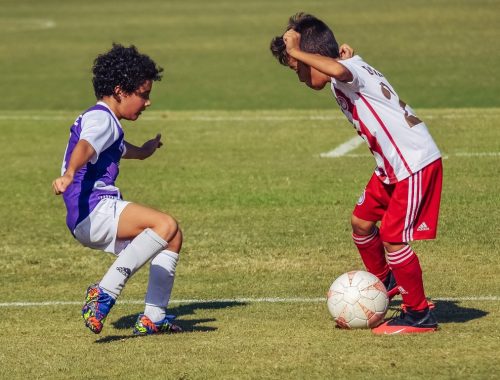
What Is Food Neophobia in Kids?
What Is Food Neophobia in Kids?
Some children eat everything without any problem. Others pick at things, sort them out, and refuse to eat. It is not necessarily a caprice or a phase of opposition. It is a transition period that does not predict the child’s future eating habits.
Half of the children between 2 and 6 years old go through a period of food neophobia, more or less long, during which the “I don’t like it” and the “it’s not good” are repeated at the table.
The child sorts foods, and the slightest piece of parsley or bacon on a potato can trigger a refusal to eat. How to best manage these reactions, which can be confusing for young parents? Here’s the lowdown.
Definition of food neophobia
Food neophobia is the fear of certain foods:
It often concerns new foods, but not always.
Sometimes a child refuses to eat foods that he or she already knows.
Children with food neophobia do not refuse to eat, and it is not anorexia. They select their foods, often prefer dense, high-energy foods, and refuse vegetables or mixed dishes.
Food neophobia, a normal phase

If you feel that your child is driving you crazy, think again:
This phase can be confusing for parents. It usually appears when food diversification is completed, and the people caring for your child assume that he or she can now eat everything without worrying.
However, neophobia is a normal phase, and it will pass; the child is not doing it “on purpose to annoy you”.
Understanding food neophobia

Nobody knows precisely why food neophobia affects some children and not others:
It seems that the most fearful children, or those who need the most security or reassurance, are more likely than others to suffer from it.
It is, in a way, the fear of the unknown that extends to food.
When the child is young, this phase can also coincide with the one during which adults constantly say “no” to the child who, at this age, has an immense need to explore and reacts by opposing and saying “no” in turn.
What does food neophobia look like?
Children who suffer from food neophobia adopt certain attitudes to avoid eating:
- They look at the food for a long time.
- They talk a lot at the table.
- They spend time smelling the food.
- Slowly sort through everything on their plate
- They chew the food and rearrange the presentation of the contents at length.
If they are willing to put food in their mouths:
- They spend a lot of time chewing.
- They seem to store food in their mouths like hamsters.
- They seem to have a lot of trouble swallowing.
Sometimes they make balls with the food and may even spit it out.
Those who are fed with a spoon:
- refuse to open their mouth;
- push the spoon away or turn their head away ;
- or even spit it out.
Keys to managing the phase of food neophobia
Before eating
Managing food neophobia starts even before meals:
Prepare dishes without mixing foods: rice by itself, tomatoes by itself, fish by itself, cheese by itself, etc. This way, you give your child the choice to compose his or her own mixtures and seasonings.
Involve your child in meal preparation. This cheerful activity can greatly improve their food phobia by limiting their fear of foods they have seen, recognized, and perhaps tasted. And if the child tastes a lot during preparation time, accept that he may have eaten enough if he refuses to sit at the table. Eating in a different context can simplify things!
During meals
To avoid drama at the table, let your child help himself to what he likes and wants, even if he is small. He or she will feel like an author, responsible and not forced.
If your child likes cakes and you can prepare some at home, consider that if he eats them, and if, in addition, he agrees to eat fruit, he will have a more or less balanced meal (yes, yes! a starch and a fruit).
About balanced nutrition
Our society has a rigorous image of balanced eating and “acceptable” or unacceptable behavior. To avoid putting your child off, try, at least for a while, to be more flexible:
See, if you let your child, if he doesn’t balance his meals over several days. If one evening he eats only cakes, at snack time he eats fruit, and at noon he agrees to eat cherry tomatoes and small pieces of carrot, you don’t have to fight for his food balance.
Balance is achieved over several meals, even several days. Some children eat a lot of one food over several days. This may correspond to a particular need in their body (magnesium for chocolate, vitamin C for fruit, minerals for vegetables, etc.).
You May Also Like

Unlocking the Benefits of Glass Baby Bottles: Your Ultimate Guide
2023-08-22
Should You Let Your Kid Play Football? (Experts Debunk Youth Football Myths)
2023-03-28

